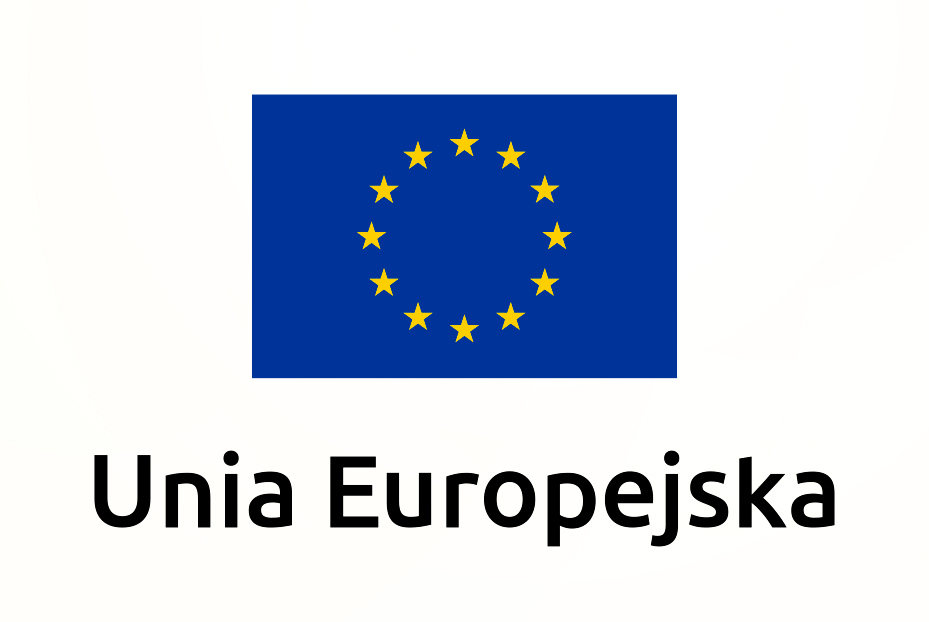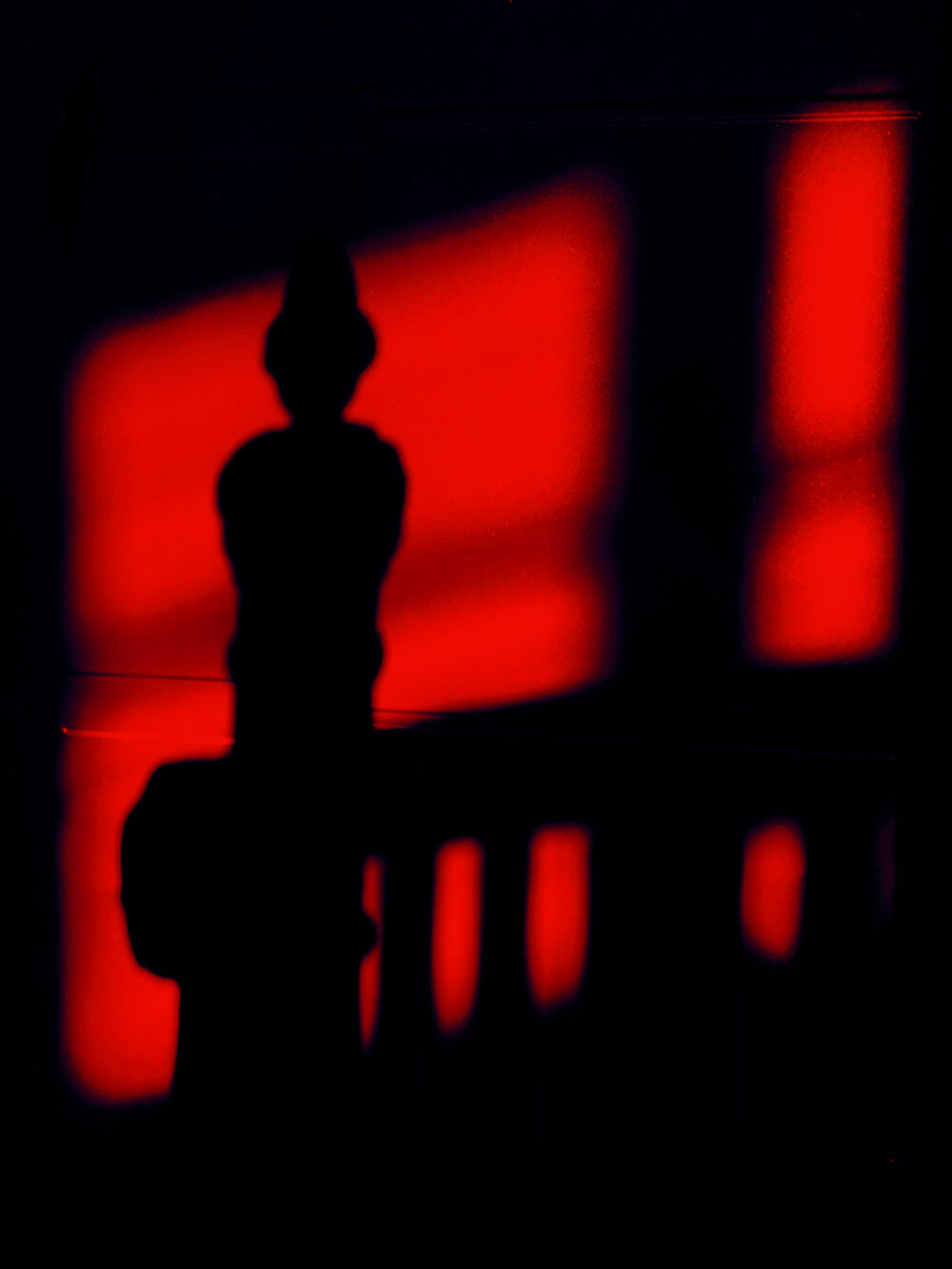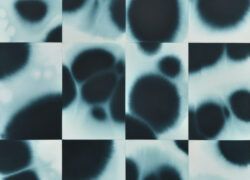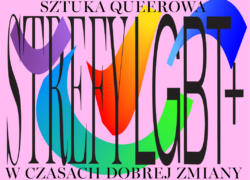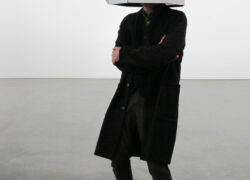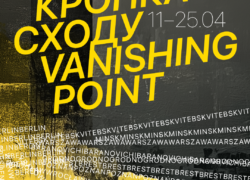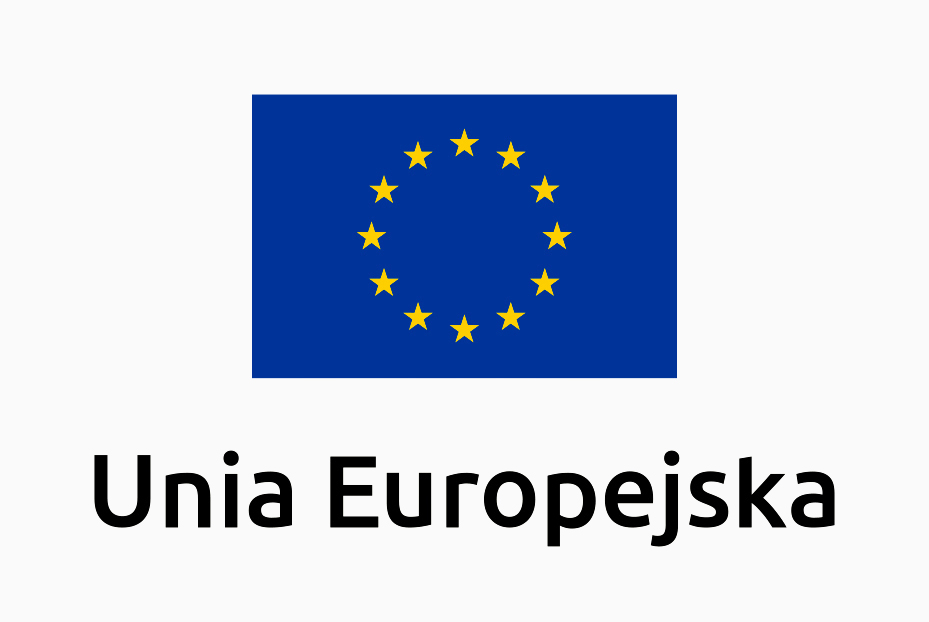The Nightmares of the Ten is a group exhibition of young painters, a project on the short list of winners of the competition Gallery as a Shared Space! | MICROGRANTS. Of the many interesting multimedia proposals, the idea of making a presentation of paintings was enthusiastically received by the majority of the jury.
As the artists wrote in the submission form: “Our main intention is to observe the problems of everyday reality, to reflect on the relationship with the reality around us and the hardships of living amidst the chaos of the contemporary world. The exhibition is to demonstrate the similarities of our perception, showing both individual experiences and social contexts. The Nightmares of the Ten project makes references to catastrophic themes (…) Inspired by the contemporary world, we ask ourselves questions about its nature and whether we are capable of coming against it”. Importantly, it is indeed rare to see matching and complementary artistic stances in such a multicultural group.
Adza Jurczak-Łowkis and Diuna Ostrowski have had the honour (and borne the hardships) of representing “The Ten”. Both artists do it with a vengeance, certain of their colleagues’ talents. They moreover stress the friendly relations in the group who met during an international artist residency in Pieńków, financed by the Marek Maria Pieńkowski Foundation. It was there that the young artists had the chance to find out that they share a perception of the world, recognizing dangers, and putting accompanying fears at bay. Their discovery of the similarities led to the idea of a group exhibition.
Ada Łowkis analyses water disasters by referring to the language of cartography. In a very original way, she addresses the theme of war and the tragic repetition of events in modern history. Lithuanian Ana Vostruchovaite addresses the relationship with nature and the environment, using an intriguing digital aesthetic. The static and seemingly tranquil landscapes and still-lifes, however, are suffused with anxiety and are evocative of apocalypse. Australian Blake Malone also creates in a digital aesthetic, inspired by images taken from a political documentary series. One is struck by the deliberate and precise composition in his works, which literally mesmerize the viewer. Diuna Ostrowski, too, achieves a hypnotic effect by painting boldly, using extreme contrasts and glowing colours that stand out decisively from the dark background. Her paintings are filled with existential anxiety, provoking questions about the threat lurking within… Emil Bucki, working with intense colours and vivid symbols with dramatic overtones, talks about the disintegration of post-communist societies, of particular interest to him. The artist sees the main threat in totalitarianism. Kamila Kamińska dresses her paintings in linen clothes, experiments, plays with textures, talks about the human body, and about skin. Linen can be associated with both clothing and shrouds, and her unusual works are unsettling. Martyna Czech boldly operates with a patch of colour, unconventionally building the picture’s field. She touches on existential, often difficult and painful subjects, such as the suffering inflicted by humans on animals. Natalia Borczi works spontaneously, guided by intuition and reacting to the current moment. Her disturbing, attention-grabbing images seem to be ad hoc stories about the surrounding world, rife with frightening phenomena. Piotr Mlącki’s interesting, dark paintings focus on history, social problems, innocent victims of progress, and the industrial revolution. He constructs figurative compositions, making use of dark colours and tiny flashes of light. Sasha Bashinsky is involved in the restoration of devastated religious buildings, which is reflected in his highly original paintings. He uses mainly darker hues, which both match the stories he is telling and help bring out the flashes of light.
The result is an exhibition whose viewers have the opportunity to widen the circle of a kind of artistic “support group” formed in difficult times. By contributing their sensitivity and coming to terms with their own nightmares, viewers can, together with the “Ten”, ponder whether it is still possible to avert a catastrophe…
Bogna Błażewicz
participants: Sasha Bashinsky, Natalia Borczi, Emil Bucki, Martyna Czech, Ada Jurczak-Łowkis, Kamila Kamińska, Blake Malone, Piotr Mlącki, Diuna Ostrowski, Ana Vostruchovaite
